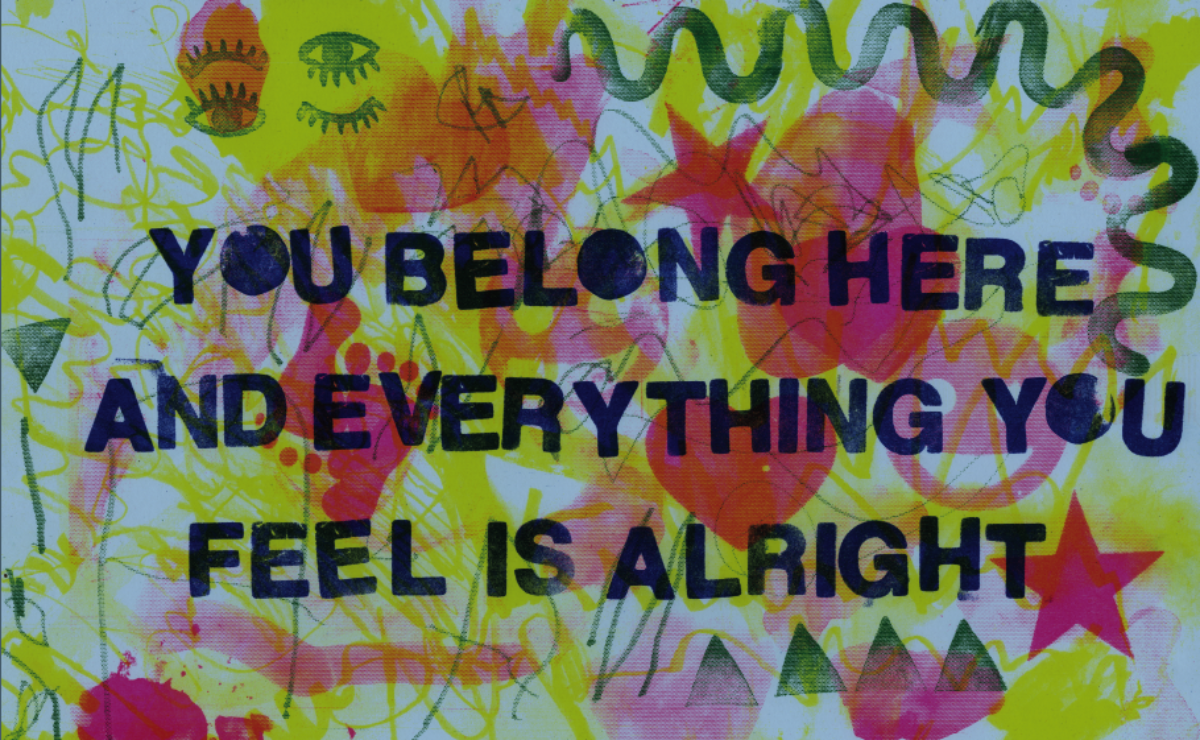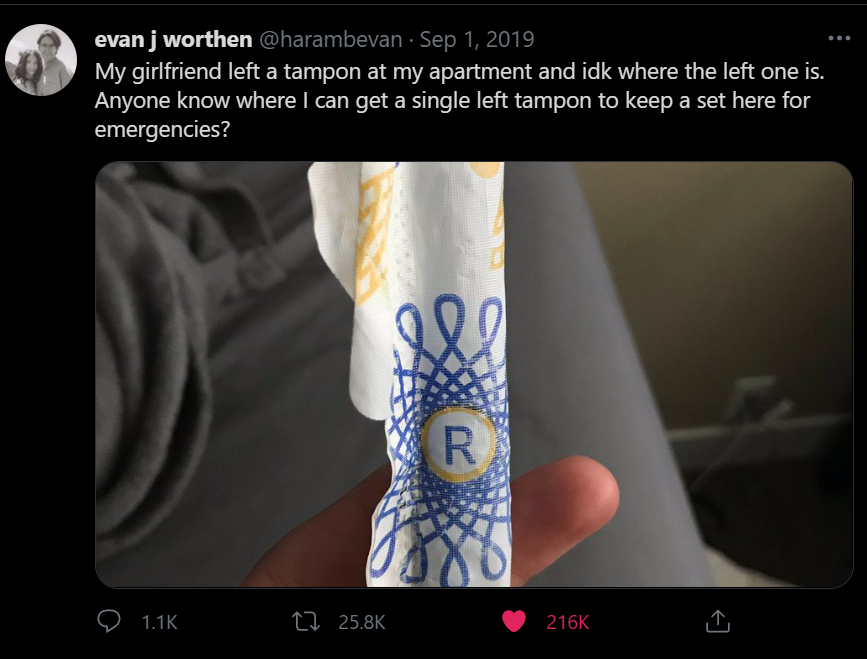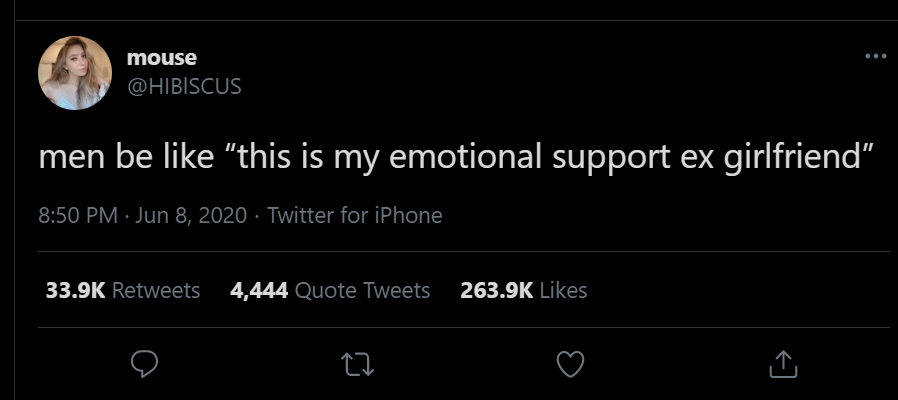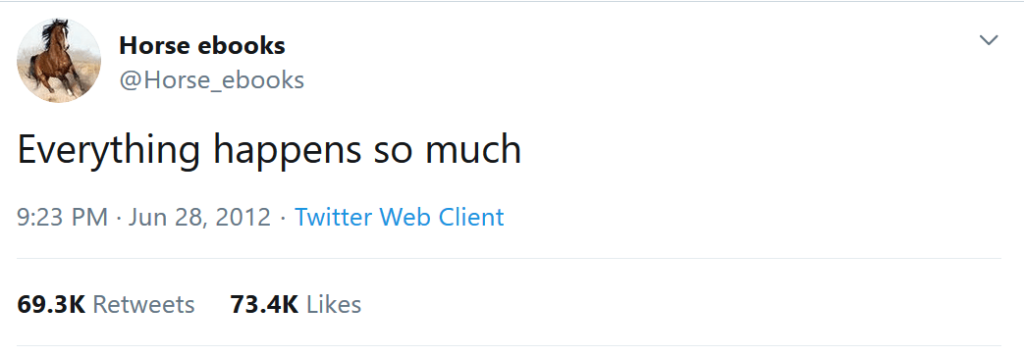I’m so glad the Womens Resource Center and Counseling Center did this collab! I thought it was great that they approached the discussion of relationships in a broader term to include but not limit itself to romantic relationships. Toxic relationships that exist within families and friendships are very prevalent and don’t usually get the same type of attention. Especially during pandemic living situations, it seems as if we are all living in very close quarters of each other, which makes setting boundaries and communication so much more important in order to maintain a healthy duel environment for living, learning, working, etc.
My boyfriend and I started living together only a few months before the start of the pandemic, I remember how difficult of an adjustment it was just to start sharing a physically small space with someone, but then when he started WFH how a whole new level of communication and boundaries needed to be implemented. It’s hard! It takes a lot of work and there were definitely some uncomfortable discussions and frustration but I’m overall grateful for the experience to practice being a good partner/roommate. However, I know how different this experience could’ve been if him or myself contributed to toxic behaviors or a lack of willingness to communicate. I think that the WRC and Counseling Center would be amazing resources for anyone who had concerns about navigating boundary/communication issues and potentially toxic behaviors!




